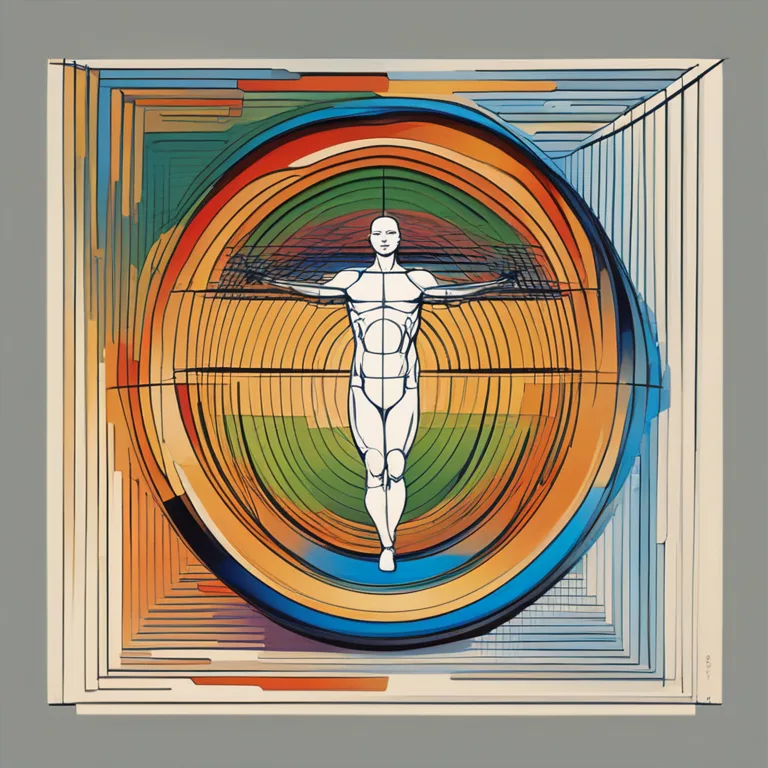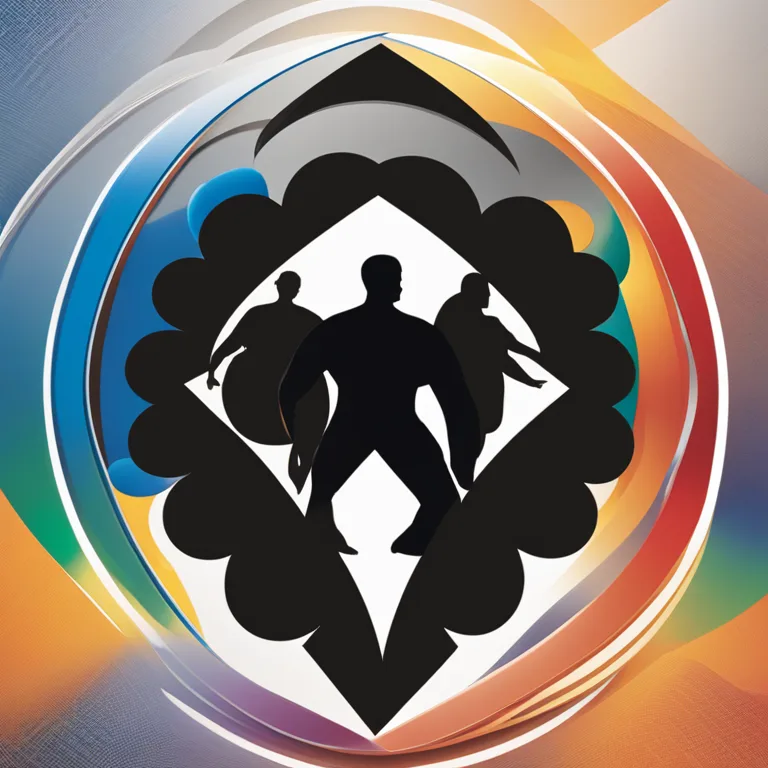
Biorhythms: An Insight into Personal Cycles
Discover the fundamental principles of biorhythms, including its definition and practical examples, to understand how they might influence daily life.
article by Adrian Wallace
Introduction to Biorhythms
Biorhythms are considered to be intrinsic cycles that influence various aspects of human life, such as physical, emotional, and intellectual wellbeing. These patterns are thought to start at birth and oscillate in predictable patterns throughout one's lifespan. The theory of biorhythms gained popularity in the 20th century, proposing that understanding these cycles could lead to enhanced self-awareness and life management. Despite their pseudoscientific reception among the scientific community, biorhythms find a place today in the holistic and wellness industry, becoming an intriguing part of personal analytics.

The Three Primary Cycles
Traditionally, biorhythms encompass three primary cycles: the 23-day physical cycle, the 28-day emotional cycle, and the 33-day intellectual cycle. Each cycle is said to oscillate between high and low phases, with a high phase often corresponding to better performance in its related field. For instance, when the physical cycle is high, there might be an increase in stamina and vitality, during a high emotional cycle, mood and interactions may be positively influenced, and a high intellectual cycle could suggest better cognitive functioning.

Physical Cycle Explained
The physical cycle is said to govern the body's energy levels, strength, and overall health. Starting with a high phase, where one might feel at their physical peak, this cycle then transitions into a low phase, which may bring about feelings of tiredness or lower resilience to illness. Athletes and fitness enthusiasts sometimes monitor such patterns in hopes of optimizing their training and competitive performance, although scientific validation of this practice is lacking.

Emotional Cycle Insights
The emotional cycle tracks the swing of emotions from positive to negative. A person is believed to be more cheerful, stable, and emotionally resilient during the high phase while potentially feeling more stressed or irritable during the low phase. Understanding one's emotional biorhythm could be potentially useful in planning events, social interactions, or even in therapeutic settings, as it aims to provide insights into emotional dynamics.

Intellectual Cycle Dynamics
The intellectual cycle presumes to influence cognitive processes, such as analytical thinking, memory retention, and decision-making. When the intellectual cycle is high, mental acuity is presumed to be enhanced, potentially benefiting students, researchers, or anyone involved in intellectually demanding tasks. Conversely, during the low phase, concentration and logical reasoning might be harder to maintain.
Using Biorhythms in Everyday Life
Though mainstream science does not recognize biorhythms as a valid metric for predicting personal effectiveness, many individuals continue to track their cycles using biorhythm calculators and applications. The belief is that by aligning important activities with their "high" phases in each cycle, they can achieve better outcomes, whether it be in relationships, career, or personal growth. It's an example of how people embrace alternative concepts that resonate with their experiences, in the quest for creating a harmonious life rhythm.
Critical Examination and Contemporary Stance
The relevance of biorhythms beyond their pseudoscientific origins remains a topic of debate. Throughout the years, research has largely discredited the efficacy of biorhythm theory in predicting day-to-day performance fluctuations. Yet, in the growing digital and holistic health era, the fascination with personal diagnostics keeps biorhythms afloat, intriguing those open to exploring different facets of wellness and self-optimization.
Published: 12/28/2023
Modified: 12/28/2023
More predictions
Come back here soon to learn more about yourself and your future


The Practical Uses of Biorhythms in Our Lives
Discover how biorhythms can be applied to improve well-being and achieve a better understanding of personal cycles in health, decision-making, and relationships.


The Concept of Biorhythm Compatibility
Discover the concept of biorhythm compatibility and its role in personal relationships in this comprehensive guide.


The Mechanics of Biorhythms: A Comprehensive Guide
Discover how biorhythms influence your daily life with this detailed guide to the rhythms that govern our physical, emotional, and intellectual states.